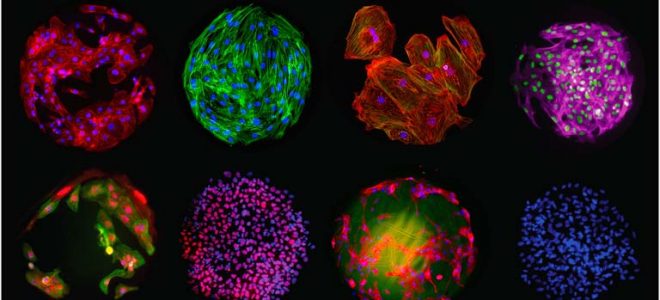Medical advances are always tantalising in their promise of a cure-all ‘magic bullet’ or of a better, longer, more productive life. Wonder drugs’ have come and gone, some fail to live up to their early promise and disappear others remain and prove useful.
Stem Cell Therapy
The latest magic bullet is stem cell therapy (SCT) research which is progressing rapidly as scientists view both therapeutic and cosmetic SCT with growing enthusiasm. Stem cells are the body’s master cells and, because they have not yet formed specialised cells, can be prodded into producing any kind of specialised, or differentiated, tissue.
Countless potential benefits arise from stem cell therapy but perhaps the main benefit is to faithfully replicate damaged tissues and organ parts, like heart, lung, brain, nerve and skin tissues. Currently about 100 illnesses are being treated using stem cell therapies that range from leukaemia to replacing damaged heart tissue. In time the potential is for limitless applications of this technology.
Stem cells are kept in a controlled environment until required to develop into different cell types when their environment is chemically adjusted so growing muscle, blood, bone, or nerve cells. Stem cells can be harvested from two main sources from embryo and adult tissues. Stem cells can also be taken from the post-birth umbilical cord and placenta.
Stem Cell Differentiation
As they are more easily encouraged to develop into different cell and tissue types, embryonic cells are most frequently used in SCT. Adult stem cells are found throughout the body’s different tissues but stimulating them to produce different tissue types is more difficult. They are however easily nudged to developing the type of cells of the tissue from which they were harvested, like heart, skin or bone.
Although stem cells are used in only limited medical conditions presently, they hold out the promise of a future filled with potential uses and not just in treating disease and curing chronic conditions. The study of human embryonic stem cells will eventually open the door on the mysteries of human embryo and foetal development with its potential to prevent what are now disabling congenital conditions.
Whether curing diabetes, or certain types of blindness, for treating severe heart disease and even re-growing nerves in the brain and spinal cord, more research and clinical trials need to be conducted before the full potential of SCT can be realised.
Stem Cell Drug Testing
Stem cells are also be used to test the safety and efficacy of experimental and new drugs; this application is already being used to test some anti-cancer drugs. Again there is a long way to go with this research as it is not yet suitable for testing on many new drugs.
Stem Cells to Replace Tissue
Another exciting avenue of research that will yield future benefits is the use of stem cells to replace ailing or destroyed tissue. The potential for unlimited replaceable cells for cases of paralysis, stroke, arthritis and even Alzheimer’s disease is immense. This form of treatment gives a clear advantage over conventional organ transplants because the newly differentiated stem cells are recognised as the recipient’s own cells, so does not trigger the immune system to reject them; this of course eliminates the life-long need to take toxic immuno-suppressant drugs.
Stem Cell and Cosmetic Treatments
Stem cell uses may not be confined to preventative medicine or to curative conditions; their use in cosmetic, plastic and reconstructive surgery is also of great benefit and is currently being used in a few procedures. ABC news has recently reported that a University of Pittsburgh team is experimenting with the used of adult fat stem cells to create breast tissue which may be implanted into a partial mastectomy to replace and re-grow tissue lost to cancer. And where today’s reconstructive surgery goes tomorrow’s cosmetic surgery will not be far behind?
The application of stem cell technology is not without controversy, it offers a tantalising glimpse into a future bright with the potential to treat currently debilitating and fatal conditions and to aid those who wish to keep their looks fresh and young for as long as possible. Just don’t hold your breath for too long.



